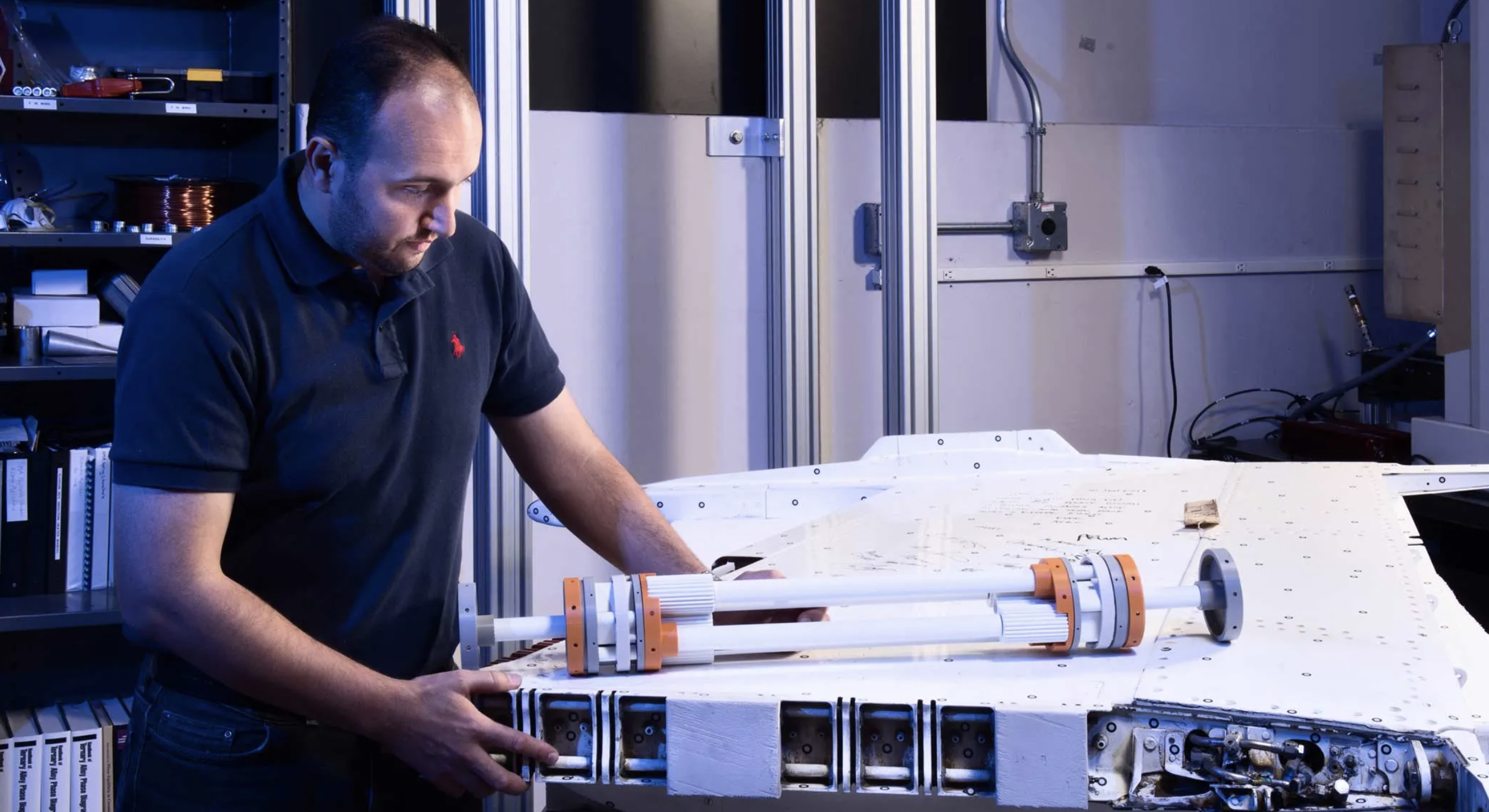
The growth of the American aerospace industry has been more than significant since the Wright brother’s historic 1903 motor-propelled flight. The current and next-generation aircraft designs present both further growth opportunities and unique challenges. Meeting those challenges will require state-of-the-art aerospace machining and tooling technologies. The new hybrid-design aircraft construction assemblies are creating a growing demand for updated materials from the industry’s supply chain.
As noted by Investopedia, the U.S. aerospace field is the world’s largest. The sector ranks as one of the fastest-growing American industries. U.S. companies also serve as the primary suppliers of civil and military aerospace hardware across the world. The industry requires a broad product line from suppliers and third-party manufacturers. Flight vehicle construction depends on millions of specifically engineered parts. Many of those parts are made through sophisticated machining processes.
As reported by IndustryWeek, the field’s component and assembly needs are served by a solid base of privately owned, private equity-backed and lower middle-market parts manufacturers. The business magazine also predicts an increase in demand for aircraft construction in 2022. The U.S. Department of Commerce’s SelectUSA website notes how the aerospace field is supported by a large and well-trained pool of machinists and engineers. The industry provides American workers with hundreds of thousands of jobs. The sector also accounted for export sales of more than $150 billion in 2018.
Table of Contents
High Employment Growth for Aerospace Engineers
As forecast by the American Society of Mechanical Engineers, aviation and aerospace engineers embracing new technologies should do well. New processes and technologies will appeal to manufacturers seeking stronger, lighter parts and materials for aircraft engines and bodies. The demand is expected to increase for engineers with the skills to design and test the new and required parts. A growing number of engineering positions should also be well-supported by the needs of the recently launched Space Force U.S. military branch.
The U.S. Bureau of Labor Statistics projects an 8% growth in aerospace engineer employment leading up to 2030. The current decade is expected to result in an increase of about 4,000 aerospace engineer job openings each year. Recent statistics show that the largest number of aerospace engineers were employed by the industry’s parts and products manufacturing sector.
For an entry-level aerospace engineer position, a bachelor’s degree is typically required. In addition to designing assemblies and components, aerospace engineers test the parts and materials they create. Engineering measurement and machining calculator skills play an important role in determining that critical tolerances and specs are adhered to.
Help Your Company Meet Its Current and Future Needs
Find out how your company can benefit from Kennametal’s state-of-the-art metalworking solutions. Your company can improve its ability to provide for your customers’ specialized aerospace needs through Kennametal’s sophisticated machining applications.
To learn more about the wide range of available applications or how one could be custom designed for your company’s unique needs, contact the Kennametal Sales and Application Support Team. You may be surprised at how easy it would be for your company to position itself for greater long-term sales in the aerospace sector.